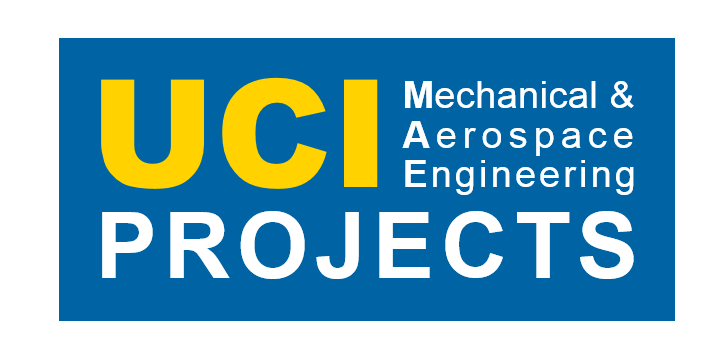The purpose for the Winter Quarter Peer Reviews is to share your project’s development with your fellow students and to assess your team’s progress based on your project’s goal and objectives. Your team will have an opportunity to deliver a 10 min presentation with 3 min for questions and answers. Your presentation will be scored by your peers according to the rubric below.
Based on the results of the scoring, the top 7 teams will be selected to deliver their presentations at the Winter Design Review. This is a tremendous honor to be representing the best of the MAE Senior Designs to industry professionals, alumni, faculty, and students. The Dean will also bestow top honors by awarding the prestigious Dean’s Choice Award at the Winter Design Review. Only the top 7 teams are eligible to be considered for this award.
There is no specific structure for your presentation but the categories and questions in the rubric should help you outline your presentation. The rubric will be weighted in accordance to the aforementioned purpose. The scores for all projects will be posted for comparison purposes. There will be limited time for completing surveys during the peer review sessions so please prepare by reviewing the rubric ahead of time.
The dress code is business casual minimum. Your presentation will be recorded to give you feedback and to help improve your presentation skills. Take time to practice and polish your presentations before the peer reviews. Please be on time for your session.
| Project Definition | Exemplary 4 | Proficient 3 | Apprentice 2 | Novice 1 |
| 1. Background | Detailed background, previous work, prerequisites, and motivation were highlighted to show project significance. | Project background, previous work, and motivation were discussed. | Incomplete discussion of the background and motivation. | Background and motivation were not discussed. |
| 2. Goal and Objectives | Well-defined goal. In-depth objectives are aligned to achieve goal. | Defined goal with objectives to support it.
|
Weak goal with incomplete objectives. | Inconsistent goal and objectives. |
| Project Management | ||||
| 3. Organization | Functional responsibilities of all project members are aligned to a work breakdown structure. | Functional responsibilities of each member are clear. | Functional responsibilities of some members are not clear. | No functional responsibilities were identified. |
| 4. Timeline | Detailed timeline consistent with work breakdown structure showing, milestones, deadlines, and deliverables. | Timeline shown with milestones, deadlines, and deliverables. | Timeline is too general or unclear. | No timeline presented. |
| 5. Progress | Excellent progress. Task management is clearly shown. Team members are actively working on tasks and delivering results to ensure project success. | Good progress. Evidence of task management albeit with less structure. | Some progress. The team can benefit from task management. | Little progress shown. |
| Technical Approach | ||||
| 6. Design Requirements | Clear and concrete evidence of ability to understand the design requirements, understand the limitations, analyze different alternatives, and provide a feasible design. | Technical approach shows that the design requirements were understood. | Mismatch between design requirements and technical approach. | Did not understand the design requirements. |
| 7. Engineering Principles | All engineering principles needed for the goal and objectives are identified. | Most of the necessary engineering principles are identified. | Most of the necessary engineering principles are missing. | The necessary engineering principles are missing. |
| 8. Innovation | Discussed new, inspiring, and creative ideas, concepts, and/or designs. | Identified novel approaches to solve problems. | Struggled to find novel approaches to solve problems. | Largely repeating something that has been done before. |
| 9. The Bigger Picture | In-depth discussion of the business, competitive, economic, environmental, social, scientific, and/or academic impact and significance. | Identified the connection between the project and a greater significance. | Connection of the project to a greater significance is weak. | Unable to connect project to a greater significance. |
| Realistic Constraints | ||||
| 10. Budget | Detailed budget that is well thought out. | Budget presented and is complete. | Budget presented but is questionable. | No budget presented. |
| 11. Feasibility | Objective(s), scope, and approach are feasible and can be completed in agreed time frame. | Objective(s), scope, and approach seem feasible, but may take longer than originally projected. | Objective(s), scope, and approach need to be reworked. | Objective(s), scope, and approach are not feasible. |
| Presentation | ||||
| 12. Visual Communication | Excellent, relevant, compelling visual aids depicting the project and/or the elements of the project. | Clear visual aids depicting the project and/or the elements of the project. | The visual aids are unclear. | The visual aids were not useful. |
| 13. Delivery | Clear, polished, confident. | Understandable and comfortable. | Understandable yet tentative. | Delivery detracts. |
